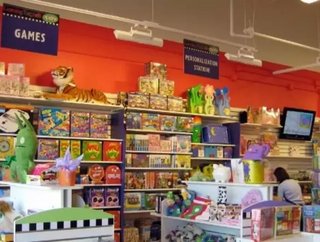Handle with Care: Holiday Season Supply Chain

Seeing all the madness unfold in any major retail outlet during the holiday season makes you forget the insanity that happens behind the scenes in the global supply chain.
As ModusLink’s Senior Vice President of Marketing Lorcan Sheehan explains, however, most of that chaos occurs well before first snowfall in the Northern Hemisphere.
“By and large, for a lot of supply chain companies, what happens in the retail end is at the very end of the supply chain,” Sheehan explained. “The planning for the holiday season is well under way, and should be in place at that stage.”
TOP 5 ECOMMERCE TIPS THIS HOLIDAY SEASON
Sound preparation is a supply chain manager’s best friend in dealing with a hectic holiday season. Most companies begin their holiday season supply chain research as early as May.
“Managers need to work with their retail and channel partners to get products through manufacturing well ahead of actual demand,” Sheehan said.
“That really allows people to prepare for volume ranges as they go into the production cycle to that they can get their products manufactured and available on the shelves when people walk in the stores.”
Like most supply chain management professionals stationed around the globe, Sheehan believes that there are lessons to be learned from the Japan disaster. Risk management awareness is at an all-time high, and helps holiday season supply chains in particular.
“We’ve seen companies change from focusing on manufacturing locations to going two or three layers deep in their component suppliers to better that understand and map what the particular risk would be for a political event or a natural disaster,” Sheehan explained.
Part of risk management deals directly with inventory management. During the summer of 2008, when the global economy began slowing down, companies had already put in place their supply chain and manufacturing procedures, and had too much supply to deal with a weak holiday season demand.
It’s there that innovative supply chain management takes over.
“How can we create a situation where we’re not committing to the final configuration of a particular product to make sure that we’re a lot more responsive to other people’s demand?” Sheehan asked.
Finding the answer to that question will put some companies in a better position when the economy is fully recovered.
“As you go through the cycle on an annual basis, the same way companies learn from a risk management element, a lot of companies have learned from their experience on retail cycles and seasonality the last few years,” Sheehan said.
“Those that have learned and have taken the appropriate actions will be in the best position moving forward.”






